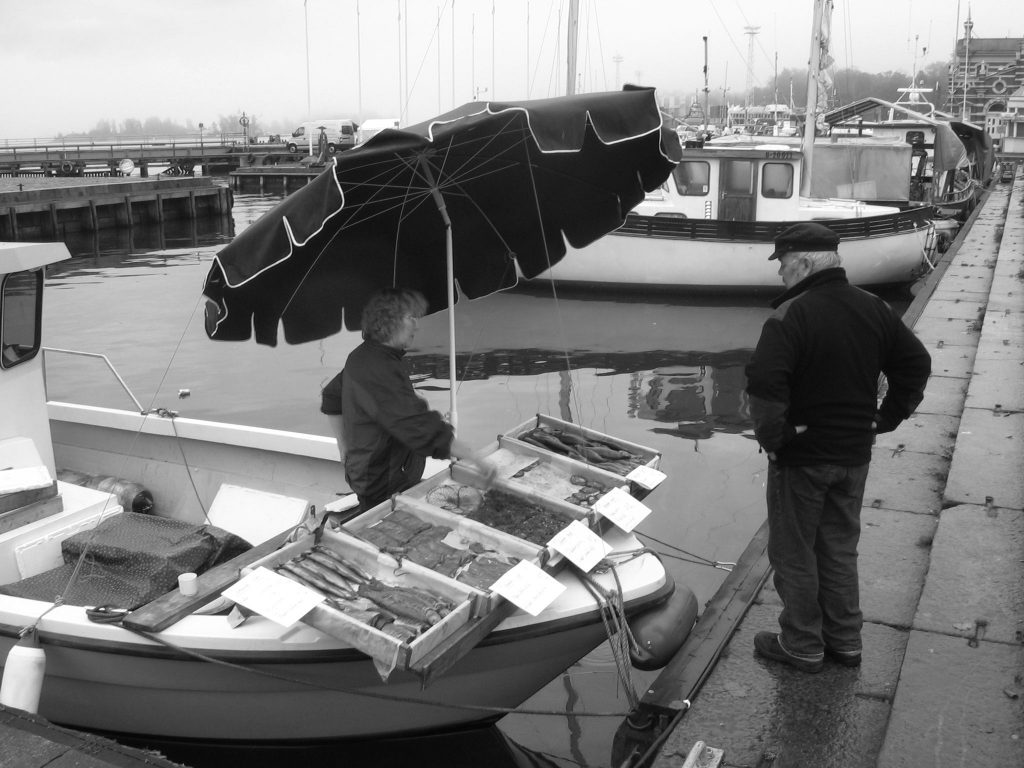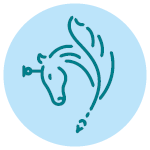
For humans settled along seas and fertile living waters, fish was an important source of protein already 40000 years ago, as evidenced by isotopic and chemical studies of the skeleton found in the Tienjen Cave near Beijing (Tianyuan). From the Paleolithic times onwards, a number of tools suitable for catching fish (such as bone hooks) and representations of fishing methods (cave paintings, ceramics) have also been found. Obtaining this excellent food was less risky than hunting and did not require constant relocation.
Fishing techniques (hook, net, harpoon, trap) and even hand-catching of fish have accompanied human history and are still alive today, as are preservation procedures. It has always been an important aspect to get this perishable food to the consumer’s table as soon as possible. For more than two hundred years in the Middle Ages the Øresund Strait, which connects the North and Baltic Seas, was a major center for herring fishing. The masses of herrings, passing through during the spawning season, provided a good source of living for Danish and Swedish fishermen, and even the Hanseatic League. The fish fair lasted from August 24 to October 9, and its location followed the spawning places in the sourth of the strait, thus it changed from year to year. The salt and barrels needed for preservation as well as the female workforce for cleaning, came mainly from Lübeck. Herring stocks abruptly declined in the early 15th century and the period of abundance was over.
The first book on fishing as a leisure activity was written by an English lady of noble descent, Juliana Berners, who, in keeping with the customs of the age, enjoyed falconry, hunting and fishing during her life at the court. She summarized her knowledge of these areas as a Benedictine nun in ’The Boke of Saint Albans’, the second edition of which (1496) contains her study on fishing. It describes, among other things, the baits and flies used in different periods and waters.
The Finnish vendor in our picture offers fresh fish from her own boat near the Helsinki fish market. We don’t know if she makes a living by fishing or goes to sea for fun. In any case, her fishing will not lead to the collapse of fish stocks, the dark shadow of which is projected by many experts. In addition to overfishing, which now stands at more than 90 million tonnes, up from 5 million tonnes a hundred years ago, climate change, marine pollution and other factors are also threatening marine life. According to the data of FAO, the livelihood of some 60 million fishermen and fish farmers is threatened, as well as the living of 200 million people, including a many women and their families, who live directly or indirectly from fish production and distribution.
First published: Orbán Éva: Finn halárus. Magyar Állatorvosok Lapja, 2019. 141. 6. 322.

